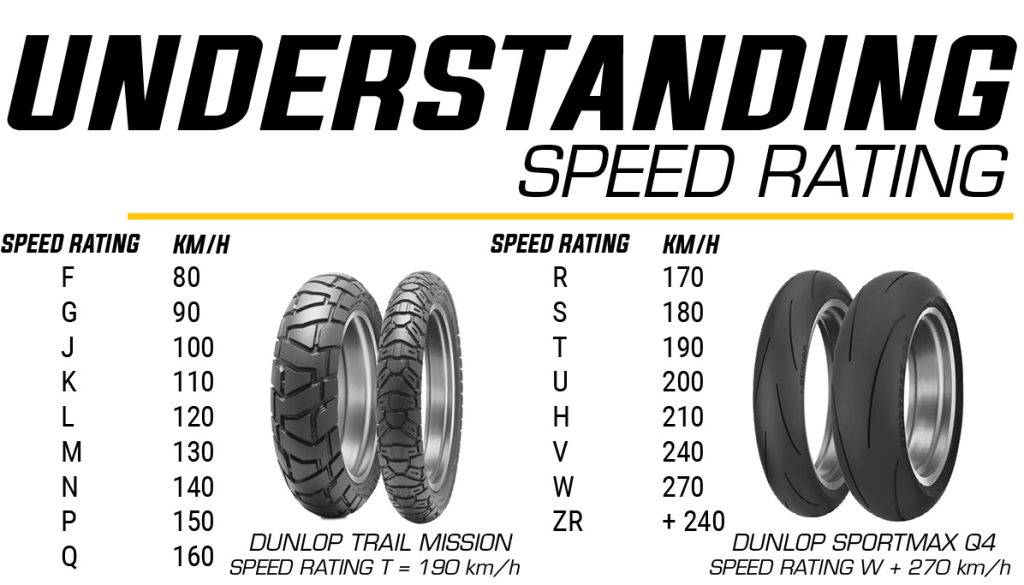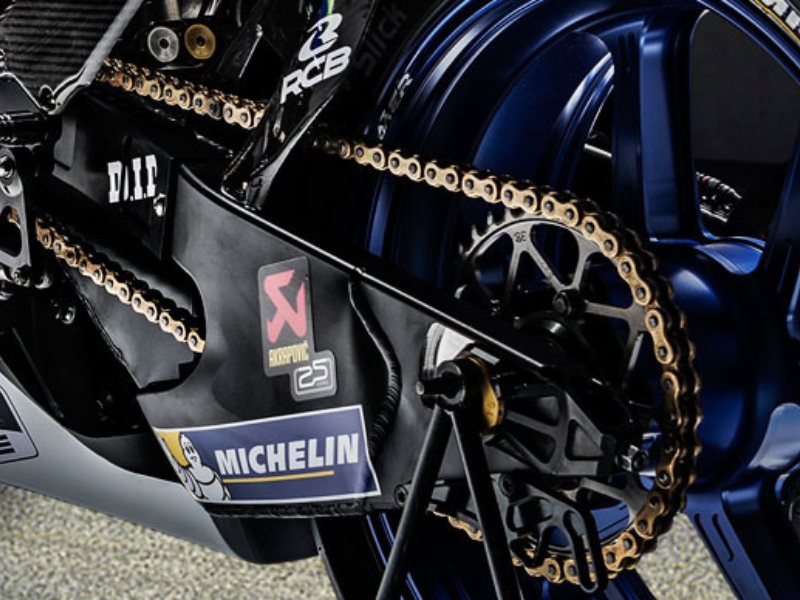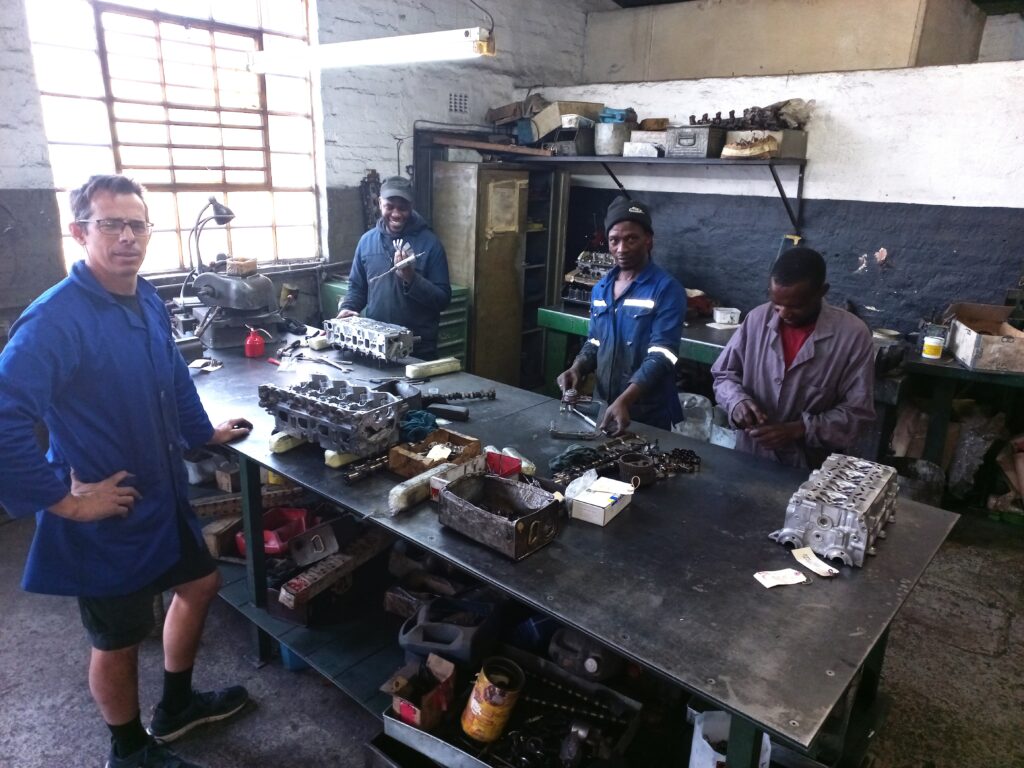Do your homework. Fit the correct rubber for your application. We spent a day with the technical people at Dunlop South Africa to learn about tyres. Guys. It’s really fascinating, and… even though we know everything… we learned a lot. Like seriously, a lot. And, you should read all of this because you will learn something. And the information is applicable to any road going machine, Road OR Adventure.
Some of our proof-readers commented that maybe the tone of this article is a bit aggressive and might offend some sensitive types out there. Yes, we are not sugar coating anything. No, we are not trying to be offensive just for the sake of it. There is a lot of nonsense out there about tyres from the partially informed or the misinformed or the partially misinformed that can have potentially, very serious consequences. WE DON’T LIKE THAT!
We are often sent, or made aware of consumers who go onto forums and have a good moan about a tyre that they have bought and fitted and… the tyre broke and… now, it is the worst brand on the planet and… and… and. Upon further investigation, it turns out that most of the time, the person was riding with the incorrect tyre for the application and as a result, the tyre has failed. One of the tyre importers told us that on his way back from a race, two guys on big Beemers shot past him at high speeds. He found them at the next stop and sauntered across to see what rubber they were running: The tyres, (his brand), fitted were rated for lower speed adventuring, not high-speed tar riding. He spoke to the guys and mentioned that they are not rated for high speeds.
They looked at him as if he were mad… “That’s the tyres that the dealership fitted!”

So! One of two things is happening:
Either dealers are selling the incorrect tyres for the application… OR, (and this is the more likely scenario…), Buyers are not paying attention to what the dealers say, and they are listening to their friends or buying an incorrectly rated tyre for their application. Guys, it is dangerous stuff. Your tyres are the bits that keep you upright on the road and we do not need to tell you that a failure can be catastrophic. As bikes get faster and more powerful, we all need to pay attention as to how we use them. Do some homework, get the correct rubber. What does your motorcycle manual say? Don’t just listen to that barfly who knows everything, or that expert on social media… and make sure that you get the most out of your tyres and motorcycles for the money you have invested. This is from the tyre manufacturers themselves. Not the sales guys spinning you a sales schpiel, but rather the technical guys in white coats doing the R&D and designing the rubber for your bike.
And those numbers on the side of your tyre tell you everything that you need to know: Understanding the markings on your tyre will help you select the correct tyre for your specific bike. Wide Open? Track use? Wet weather? Faster? Slower? Dirt Trails? Best you make sure your tyre selection meets your need for speed.
1) Tyre:
This number indicates the tyre’s section nominal width, measured in millimeters from sidewall to sidewall. In this case 120mm.
Note: the actual physical width of the tyre on the rim can differ from the nominal width. Fitting a wider tyre might look cool, but it actually gives you less grip and will bugger up your handling and shorten the life of your tyre.
2) Aspect Ratio:
This number indicates the tyre’s aspect ratio or height expressed as a percentage of its width. In this case the aspect ratio is 70% of the 120mm width, making it 84mm.
3) Wheel Diameter:
On a sports bike tyre these letters are usually “Z” or “ZR”. The “Z” The Z in ZR corresponds to an old label used by manufacturers to indicate that the speed index is higher than V, i.e. 240kmh. Thus, a ZR tyre has a speed index of V, W or W in brackets… The “R” denotes that the tyre is of radial type construction. The “17″ denotes that the tyre is 17 inches in diameter whilst “M/C” means the tyre is for a motorcycle.
4) Load Index & Speed Rating:
The ‘58W’ indicates the load and speed indexes of the tyre and should always be looked at together when you buy a new tyre. In this case the ’58’ denotes that the tyre is rated for a maximum carrying weight of 236kg at maximum pressure.
Now look at this:
It is extremely important not to exceed the maximum load rating or load index (LI). You must take the weight of the motorcycle, the weight of any optional equipment, as well as the weight of a passenger and the total has not to be higher than the approved tyres load capacity indicated by the motorcycle manufacturers. A tyre‘s load carrying ability can be seriously reduced by underinflation, causing excessive heat being generated into the tyre. Load indexes (LI’s) are a numerical code moulded onto the sidewall of the tyre and are the maximum safe weight carrying capacity at the normal/correct tyre pressures. You need to add the combined weight carrying capacity of both the front and rear tyre to determine the max load you can put on the bike. The Max load is the combined weight of the GVM of the bike, rider, pillion, accessories, (panniers, top boxes, saddle bags, tank bags, crash bar bags, crash bars, spotlights and the like all add weight to the bike), and then all the stuff that you pack into said luggage, all need to be less than the LI of the tyres. It all sounds logical and seems a ‘given’ but you will be flabbergasted at how many people get that wrong. Overloading not only affects the performance of the tyre and the speed rating, but also the brakes, the suspension, the engine, the frame… “Err, why did my sub frame crack or break?” … Hhmmm.
Let’s look at it:
• The average big adventure bike or big tourer weighs around 250kg’s.
• Aluminium or moulded top box, panniers and mounting kit come in at around 7kg’s for the whole lot.
• Crash bars another 3kg’s odd.
• Soft luggage strapped on to the panniers and top boxes about 1.5kg’s.
• Let’s be optimistic and say spotlights and other gadgets are a max of another 1.5kg’s.
• The average South African male tips the scales at about 100kg’s (some a bit more, others a bit less).
• Pillions are usually around the 80kg mark… again, that will vary, but for purposes of this equation we will go with an average.
• Helmets are another 1.5kg each, double that up to include a pillion, so 3kg’s
• Jackets, boots, gloves, neck brace, wallet, phone and etc another 2kg’s or so per rider, thus 4kg’s
• Max capacity inside a top box is around 10kg’s
• Panniers another 10kg’s per side, so 20kg’s in total
For touring, that gives us a total of around 475kg’s rolling down the road, almost half a ton, so this bike would need tyres with a LI around 72 (355kg’s) on the rear and a 35 (120kg’s) in the front… Jaaaa Nê, bet that opened your eyes a bit. Half a flippen ton…! Without any extra decorations you might think you look cool.

Speed:
The “W” represents the maximum speed for the tyre when it is correctly inflated and being used under load, in this case 270km/h. Please remember however, and this is where many people, particularly, from what we can see… adventure riders: When buying new tyres you have to match the speed rating with the speed capabilities of your motorcycle. If exceeded, this risks tyre failure which then ends up all over social media. Do we have to mention that you also need to make sure speed raring for front and rear tyres match? You’d be surprised how often that is not the case. In other words, if you fit a Q rated tyre (160KPH) to a bike that can run all day at 200 , you have to ride slower or you are taking a chance. A 200KPH plus bike should be fitted with a higher rated tyre. Maximum speed capability varies from size to size. The use of a tyre with a higher speed rating, (e.g., “H” instead of “S”), is allowed only if it is listed in the fitment chart, especially in cases where the speed ratings exceed 210Km/H. The manufacturers recommendations must be respected. This is the maximum safe speed that the tyre is rated/homologated to run at. Various factors influence the tyres speed rating, like the total weight/load of the bike, luggage, rider, and pillion as well as the tyre pressures on both front and rear wheels. Running lower pressures will mean that you need to reduce your speed. Go over the weight limit of the tyre and you will need to increase the pressure in the tyre and reduce your speed. You should always replace a tyre with one of at least the same speed rating so that you don’t reduce the speed capability of your bike. Speed ratings are of absolute critical importance. Ride within the parameters of the tyres speed rating.
Tyre pressures:
Stick to the Motorcycle manufactures recommended cold inflation pressures or speak to the manufacturer depending on what brand or make of tyres you have fitted to your motorcycle. Remember, it’s not the tyre that carries the load. It’s the air inside the tyre that carries the load. No tyre can perform at its optimum with incorrect air pressure in it.Always inflate the tyre to the correct cold inflation pressure. Be sure to check cold inflation pressures at least once a week. Correct tyre pressure is critical for safe handling. Overinflation or extreme tyre pressure will impair your riding comfort and decrease the contact of the tyre with the road. Underinflation or too little air pressure will result in poor handling and the bike will be inclined to wander in a straight line and will start to wallow in a corner. Improper and insufficient tyre pressure will also cause rapid tyre wear, an increase in fuel consumption, lower top speed, and provide less control. Remember to check the inflation pressure of your tyres weekly. You will find the correct pressure in the operating manual of the motorcycle. 2.2 to 2.4 bar in front and 2.6 to 2.9 bar in the rear. That is the general manufacturer as well as most motorcycle manufacturers specifications… and leave them alone. Stick to manufacturer recommendations, they have spent billions of dollars for people in white coats to develop the best possible tyre for the correct application and there are a couple of reasons for this.
An under inflated tyre is very likely to damage your rim a lot quicker. “How?” we hear you ask? Low pressures make your tyre and/or tubes more susceptible to impact fractures and punctures when riding off road and the same applies to your rims and impact damage from pot holes and the like on tarmac… Remember that 475kg’s?
The only time it is feasible to lower your tyre pressures is when riding in really, thick sand and mud and you need the extra traction. But then you must re-inflate your tyre to the correct pressures immediately once you have cleared that obstacle… Which very few people do. You won’t believe the amount claims that the motorcycle tyre industry gets every year, and they are all, 100% of the time, caused by tyres that have been run in a under inflated condition, no exceptions. Those little cracks developing in the tread areas, the weird wear on the sidewalls i.e., sidewall creasing and in the case of tubeless tyres, the funny elephant skin type bubbling inside the tyre, creasing of the inner liner of the tyre indicates low inflation pressures being used. This all indicates that the tyre was used for prolonged periods under inflated and all the claims will be repudiated at factory level.
Think about a piece of plastic or metal plate. If you bend it vigorously in the same spot for a while it will eventually get hot, develop hairline cracks, and eventually fail or tear. Well, the same happens with under inflated tyres, with each rotation, the tyre flattens and releases with contact on terra-firma with every rotation of the wheel and the same principle applies and you had better believe that every single tyre manufacturer has an encyclopaedia of photographs of tyre failures and the reasons for each going back more than a hundred years that they refer to when they get a claim. Each failure has been recreated and the manufacturing causes have been engineered out over the years. That is why they have R&D and Quality control departments making improvements with each new tyre released into the market.
Tread patterns and terrain application:
Here we just want to sommer donner some of those so called self-appointed “experts”. Fit the correct tyre for the correct application. Ask the dealer to explain the pros and cons about the tyres you want to fit or alternatively, get the correct information from the tyre manufactures on the specs of the tyres you want to fit.
Tyres could have the same pattern and size but have a different speed rating! This is due to the tyre’s construction and therefore, they will perform very differently. When selecting new motorcycle tyres, be sure to choose the correct speed rating. Before buying, consult the fitment chart and the technical data in the manufacturer’s manual or chat to a reputable dealer.
An easy rule of thumb, especially on an adventure bike tyre is this: The more aggressive, small, tall and widely spaced the knobbly, the lower the speed and weight index. The bigger the block, narrower and shallower the spacings, the higher the speed and weight rating. Reason being, the more aggressive the tyre, the more the blocks move around and generate heat and the less the contact surface is with the tarmac, the bigger the block and narrower and shallower the spacing the less movement, the bigger the contact is with the tarmac and the heat generated is significantly less. SO! If your tyre has delaminated, it is 99.9999999…% certain that you have run that tyre way beyond its maximum speed rating. If you own a big super adventure bike, you need to be realistic about the application. Don’t put on an aggressive tyre just because you want to look cool and if you are a serious off roader using aggressive tyres properly, don’t pretend to be Valentino when you are on the tar. We here at the magazine generally run the tyre at the pressure the manufacturer recommends and, because we commute on tar a lot, use a more road biased tyre and we can promise you we are not slow in the dirt on said road biased tyres. The construction and compound of modern adventure tyres are designed to give you the maximum grip for the design as possible at full tyre pressure. More aggressive tyres will grip better in the dirt but have serious speed limitations on the tarmac, whereas bigger block tyres with less aggressive tread will perform very well on tarmac but will be less effective in the dirt.
Tyre compounds and Construction:
This is much more involved that what that ‘expert’ at the braai can even begin to comprehend. Tyre compounding is critical on motorcycle tyres and every tyre manufacturer has their own compounding specifications for their range of tyres. No two casing constructions are the same, therefore, every tyre will react and respond differently. Construction and compounds also have an effect. Stiffer constructions with soft compounds will give you better high-speed stability, grip, and a more planted feel in the corners on tarmac. More flexible construction with harder compounds will give you better traction and stability in the dirt… and the list goes on, this article would take at least 70 pages to discuss all those features, go onto any of the tyre manufacturers websites and do your own research there.
You’re not going to run at 250Km/H in the dirt so you can go with a lower speed rating and a more aggressive tread pattern to get better traction if you are an extreme off-road enthusiast. But let’s be honest here, much like those big double cabs with the big knobbly tyres, how often do they see thick sand or mud and are just fitted because they look ‘lekker’? Don’t be that person. Yes! Put on a cool looking tyre but understand its limitations and don’t brand bash it when it can’t take the abuse you dish out. Rather be honest with yourself and fit the tyres that best suits where and how you spend 80% of your time riding. You can ride quite quickly in the dirt with street biased tyres at full pressure, we do it all the time.
Remember that all this information is clearly displayed on the sidewall of every tyre.
Go to a reputable dealer, listen to their advice and if they know what they are doing they are going to ask you a million questions and then make the best recommendation for you. And if you are still unsure, ask them for the local distributors contact number and chat to their technical people, they all have them and they are all willing to discuss the best tyre application for your needs with you.




Outstanding article, well written and explained.